In the intricate world of neuroscience, one of the most extraordinary revelations is the brain’s inherent ability to adapt and evolve, a phenomenon known as neuroplasticity for positive change. This remarkable ability allows the brain to form new neural connections throughout a person’s life. It enables us to learn new skills, adapt to new situations, and recover from injuries.
As we navigate the journey of personal growth and transformation, the concept of neuroplasticity for positive change becomes a beacon of hope. It offers a scientific foundation to the strategies we employ to harness the brain’s remarkable potential for positive change. Neuroplasticity for positive change is not only about recovery but also about enhancing our capabilities and achieving our goals. This signifies that our mental and emotional well-being can be cultivated through intentional practices and experiences.
The concept of neuroplasticity for positive change not only underscores the capacity for recovery but also highlights how we can enhance our overall capabilities through cognitive and emotional development.
The Essence of Neuroplasticity for Positive Change

Neuroplasticity refers to the brain’s incredible capacity to rewire itself. It forms new neural connections based on experiences, learning, and daily activities. This adaptability is at the heart of neuroplasticity for positive change. We can consciously influence our brain’s structure and function to foster positive shifts in our lives.
For example, when we learn a musical instrument, our brain undergoes changes that enhance our coordination and auditory skills. This is a practical demonstration of how engaging in specific activities can lead to direct positive changes in brain structure, illustrating the power of neuroplasticity for positive change.
- Neuroplasticity in Action: By understanding the brain’s plasticity, we can adopt tools and habits that promote positive change in our thoughts, behaviors, and emotions.
- Beyond Cognitive Growth: While neuroplasticity positive change primarily focuses on cognitive enhancement, its benefits extend to emotional well-being, stress management, and overall mental resilience.
Strategies to Embrace Neuroplasticity for Positive Change
- Mindfulness and Meditation: These practices not only foster relaxation but also enhance focus, attention, and self-awareness—key components of neuroplasticity.
- Setting Positive Intentions: By setting clear, positive intentions daily, we can actively shape our neural pathways, reinforcing positive behaviors and thoughts.
- Embracing New Experiences: Engaging in new activities, learning new skills, or even traveling to unfamiliar places can stimulate the brain and enhance its plasticity.
- Affirmations: Regularly affirming positive statements can rewire the brain to harbor more positive thoughts and beliefs.
For a deeper understanding of the science and potential of neuroplasticity, the article Neuroplasticity Unveiled: A Comprehensive Guide to Harnessing the Brain’s Remarkable Potential offers invaluable insights. This resource can help clarify the mechanisms behind neuroplasticity and its implications for personal development.
Conclusion
The concept of neuroplasticity positive change provides a promising pathway for those seeking personal growth and transformation. By understanding and leveraging the brain’s adaptability, we can pave the way for lasting positive change in our lives.
In summary, the interplay between neuroplasticity and personal growth is profound. It emphasizes that we possess the tools to reshape our minds and lives actively. By intentionally engaging in practices that promote neuroplasticity, we can pave the way for personal transformation and improved mental health.
This resilience is crucial in the face of challenges. Embracing this process requires commitment and openness to change, but the rewards are immeasurable.
Furthermore, social connections play a vital role in fostering neuroplasticity. Engaging with friends, family, and the community provides emotional support while stimulating cognitive functions. Meaningful conversations and shared experiences can activate various areas of the brain, enhancing our ability to adapt and thrive.
Nurturing our relationships is not just beneficial for our emotional well-being but also for our brain’s health.
Additionally, maintaining a healthy lifestyle contributes to neuroplasticity. Regular exercise, a balanced diet, and sufficient sleep are essential components that support brain health. Studies indicate that physical activity increases the production of neurotrophic factors, crucial for the survival and growth of neurons.
Incorporating aerobic exercise, even in moderate amounts, can significantly enhance cognitive function and promote the brain’s ability to change.
Neuroplasticity is a lifelong process, and understanding this concept empowers us to take charge of our mental health. In practice, this could mean dedicating time each day to activities that challenge our brains, such as puzzles, learning a new language, or engaging in deep conversations.
The key is consistency; the more we practice neuroplasticity-promoting activities, the more we reinforce the neural pathways that lead to positive change.
Neuroplasticity





